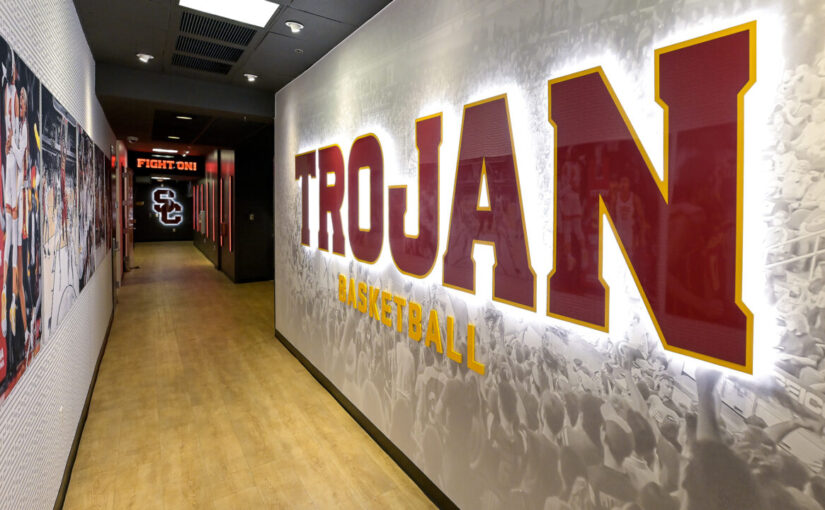The communications game
How athletic directors can distribute information and gain support for their programs

For the past 26 years, the number of high school students who play sports has increased every year. U.S. athletic directors now manage 7.8 million participants, and the rise in student-athletes means more involved parents and community stakeholders for athletic directors to guide.
Unfortunately, while many athletic directors are dealing with this growing complexity, they’re also working with fewer resources. More than half of states reduced funding for education in 2013, and although many people believe high school and college sports offer valuable opportunities, cuts have to be made somewhere. If it weren’t for support from booster clubs, volunteers, local businesses and faculty, athletic directors would be on their own to take care of a school’s sport-related needs.Sports programs can’t exist without engaged parents and community members who decide that helping kids have great experiences is a worthwhile investment of their time and money. The key to reaping the most positive impact from your program is harnessing that support and collaborating with everyone involved, which all boils down to communication. As Concord High School (Elkhart, Indiana) Athletic Director Dave Preheim puts it, “You’re a community conduit. In the morning I’m on the phone with the local McDonald’s, then parents, facilities or transportation.”
When people aren’t informed, they have no way to contribute. Unclear communication creates more work for you and frustration for stakeholders. To communicate effectively with an entire network, try these tactics:
1. Consolidate communication.
Get everyone to use the same method or platform. This lowers the barrier to entry for new people to join as helpers, and the platform can be public enough that you can keep an eye on the communication and ensure it runs smoothly. Varsity News Network alerts can help with this by enabling you to send one-way messages to select groups. Parents, players and fans can tailor settings to receive notifications about the teams or sports they care about most.
2. Centralize information.
 Everyone should be able to find all necessary information in one spot. This will simplify your job immeasurably. If all the information about tonight’s game is in one document, you can easily send it to all of your stakeholders so they can organize and coordinate themselves. You can achieve the same by posting the information to a website.
Everyone should be able to find all necessary information in one spot. This will simplify your job immeasurably. If all the information about tonight’s game is in one document, you can easily send it to all of your stakeholders so they can organize and coordinate themselves. You can achieve the same by posting the information to a website.
3. Document your personnel process for each game.
A lot of people are involved a single football game: coaches, media members, your team, the band, grounds crew, referees, bus drivers and volunteers all have to be coordinated. It’s too much for one person to oversee. So put part of your network to use by delegating management of stakeholders. Assign one person to run the volunteers and another to communicate with groundskeepers, for example. Software like SignUpGenius will make delegating easier.
4. Connect with local businesses.
Local businesses are interested in supporting schools if it helps them find and retain customers. And you can offer them a captive audience that spends a lot of money in the community. If you’re plugged in to the local business community and you steer your department with a critical eye toward helping them out, sponsorships can present serious revenue potential.
Offer local businesses the opportunity to sponsor your website, your field and more. But don’t just put their logos up there — get them involved with your department in mutually beneficial ways. For example, a local screen printer could make your practice jerseys and put its logo on the shirts.
5. Automate your repetitive communication.
If you frequently have trouble getting your coach to report game scores to media, but you know he’ll do it if prompted, create an automatic reminder to take some work off your plate. If you’re tech-savvy, you can set up these notifications using services such as IFTTT, which links up your favorite apps to work together.
You have a more complex job than your predecessors. But, you also have more technological resources to help you tackle the work. Utilize these tools to keep your stakeholders connected, and you’ll create the type of program that unites a community and makes people eager to get involved.
Ryan Vaughn is the co-founder of Varsity News Network in Grand Rapids, Michigan.





